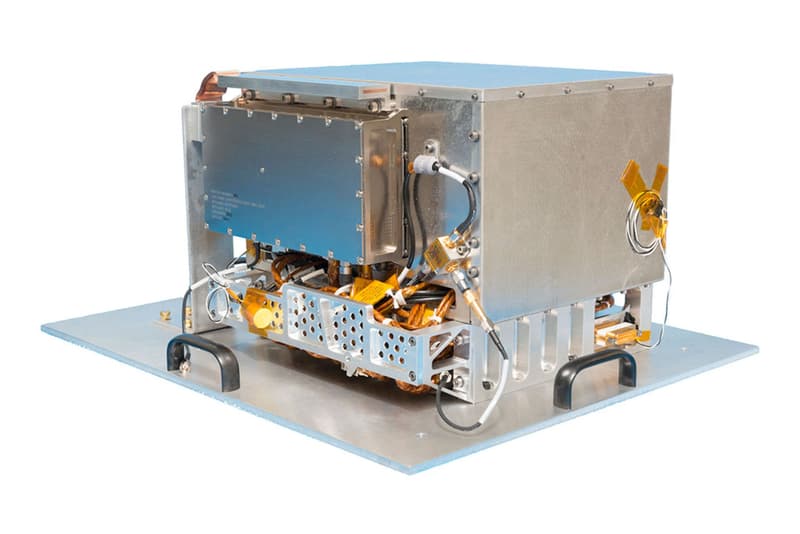NASA's Innovative Atomic Clock Can Transform The Future of Deep Space Exploration
The agency’s first step toward a self-driving deep space probe.

NASA‘s Deep Space Atomic Clock is almost ready to revolutionize time-keeping on space missions with technology that “will enable one-way navigation” and make “near-real-time navigation of deep space probes possible,” according to a study published in Nature on Wednesday.
On current missions, spacecrafts that travel beyond the Moon must rely on two-way communication with stations on Earth in order to keep their clocks up to date, which allows the capsule to determine its location and its designated path for travel. NASA’s Deep Space Atomic Clock will provide those missions with more autonomy so that explorers will be able to navigate from space in a more streamlined manner.
Atomic clocks function by counting seconds based on the excited states of atoms, one of the most precise methods of time-telling to exist. Several spacecrafts currently carry these types of clocks to calculate complicated logistics, including the satellites present in the Global Positioning System (GPS) constellation. For deep space missions, however, spacecrafts must be able to maintain a specific degree of precision over a longer period of time, which currently requires contact from Earth.
The Deep Space Atomic Clock is NASA’s first step toward a so-called “self-driving deep space probe” that would be able to tell time, and, in turn, navigate itself without Earth contact. The atomic clock mission is still ongoing, though the study reports significant progress with a new record for long-term atomic clock stability in space, 10 times that of current space-based clocks.
In 2019, NASA’s Jet Propulsion Laboratory (JPL) launched the time-telling instrument into orbit, where the space agency performed the first space-based test of the path-forging technology over the course of more than 12 months. Since the launch, the atomic clock has performed as scientists expected with a timekeeping stability that is an order of magnitude that exceeds current technology, the study reports.
“The Deep Space Atomic Clock is particularly amenable to the space environment because of its low sensitivity to variations in radiation, temperature and magnetic fields,” the study explains.
As NASA continues to finalize the Deep Space Atomic Clock, hear what the space agency’s administrator Bill Nelson had to share after viewing a highly anticipated unclassified UFO report.












